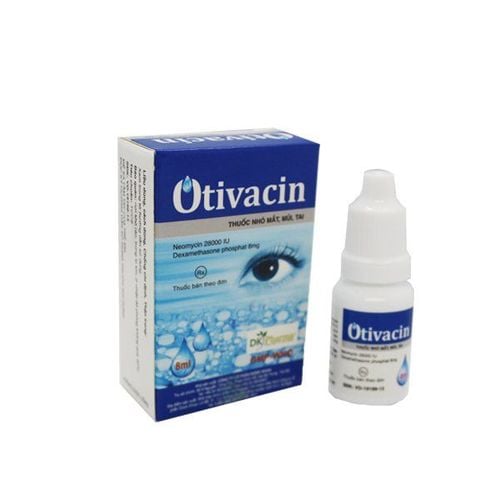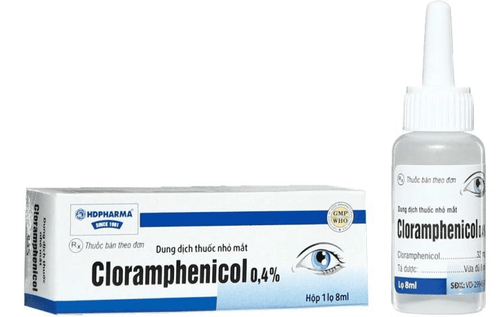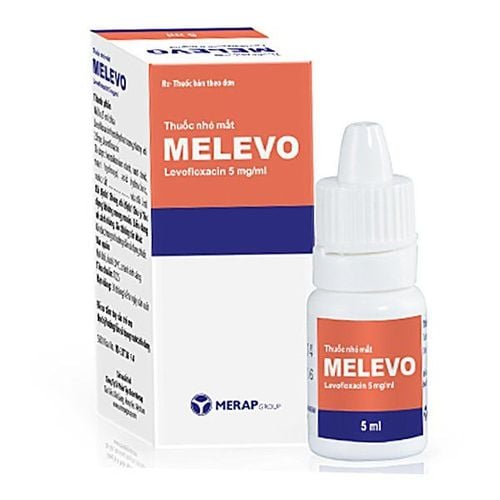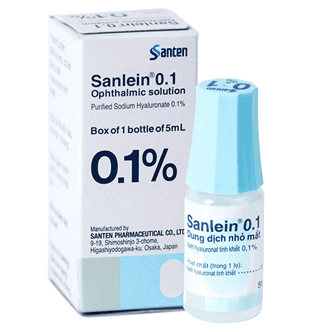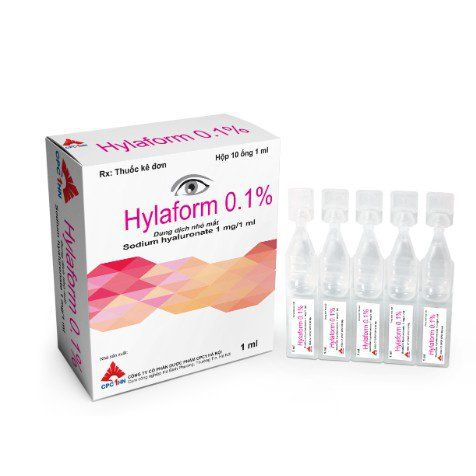This is an automatically translated article.
Chloramed is an antibiotic indicated for use in bacterial infections. To use Cloramed antibiotic safely, it is necessary to use it correctly and at the right dose. Let's find out more about what Cloramed does? How to use Cloramed, how to use it... in the following article.
1. What is Chloramed?
Chloramed belongs to the group of prescription antibiotics. Cloramed is manufactured by Medlac Pharma Italy - Vietnam Co., Ltd., under registration number VD - 197116 - 13.
The main ingredient of Cloramed is the active ingredient Chloramphenicol (in the form of Chloramphenicol Sodium succinate) with a content of 1g. with excipients. Cloramed is a powder for injection. Packed in a box of 1 vial of Cloramed with 1 tube of solvent or packed in a box of 10 vials, 50 vials.
2. What effect does Cloramed have?
Chloramed medicine contains the active ingredient Chloramphenicol - an antibiotic isolated from Streptomyces venezuelae. Today this antibiotic is produced by synthetic method.
Chloramphenicol in Chloramed has bacteriostatic effect. But Chloramed can also kill bacteria at high concentrations or with highly susceptible bacteria. The drug Cloramed kills bacteria by inhibiting protein synthesis. By binding of Chloramphenicol to the 50s subunits of the ribosome. Chloramed may also work with:
Erythromycin ; Clindamycin; Lincomycin ; Oleandomycin; Troleandomycin. Chloramphenicol is the active ingredient in Cloramed which also has immunosuppressive activity when administered systemically against antigens that stimulate the body. However, antibodies may not be affected too much when Cloramed is administered after antigen.
Cloramed is not effective against bacteria such as:
E.coli; Shigella flexneri; Enterobacter spp., Staphylococcus aureus; Salmonella typhi; Streptococcus pneumoniae. With mushrooms, Chloramed is also less effective.
3. Indications for use of Cloramed
Chloramed is effective in infectious conditions such as:
Inflammation of the eyelids ; Inflammation of the lacrimal gland; Blepharitis; Trachoma ; Zona eyes. In addition, the drug Cloramed is also used to prevent infection in cases such as:
Surgery; Chemical burns; Other burns; Pump to wash the lacrimal gland.
4. Dosage – How to take Cloramed
Cloramed is administered by instillation as directed. Cloramed dosage is as follows:
Use Cloramed 1 drop/time x 2-4 times/day; In acute cases, the dose of Cloramed should be 1 drop/hour; Note: It is necessary to use Cloramed at the correct dose on the instruction sheet. Or as directed by a doctor/pharmacist. Do not arbitrarily stop or adjust the dose of Cloramed to ensure safety.
5. Contraindications to Cloramed
Do not use Cloramed drug for the following subjects:
Hypersensitivity to Cloramed drug components; Porphyrin disease (AIP); Severe liver failure; Blood diseases; Infant; Pregnant and lactating women; In the family, there is a brother/sister or a parent with bone marrow failure.
6. Chloramed drug side effects
When using Cloramed you may experience side effects including:
Reversible neuritis; Light sting; Bitter taste in the mouth; Monitor and inform the doctor/pharmacist of the side effects when using Cloramed for effective management.
7. Cloramed . interaction
While taking Cloramed can also occur interactions including:
Chlorpropamide; Dicumarol; Phenytoin; Tolbutamide; Phenobarbital; Preparations containing iron, vitamin B12, folic acid, ...; Rifampin; Drugs that cause bone marrow depression. You need to inform your doctor about the medicines you are taking when you have an indication to use Cloramed.
8. Warnings and precautions when using Cloramed
To use Cloramed safely, you need to pay attention to:
Use the right dose; Do not arbitrarily adjust the dose of Cloramed; Do not use Cloramed for the group of contraindications; Discontinue Cloramed if there is a side effect of optic or peripheral neuritis; Hepatic/renal impairment Cloramed should be used with caution. The basic information about Cloramed in the above article is for reference only. Because Cloramed is a prescription drug, patients should not use it on their own, but need to contact a specialist directly for a suitable prescription to ensure safety for health.




